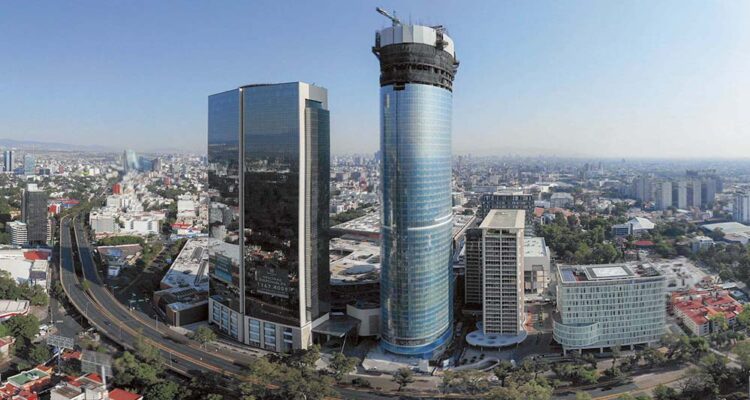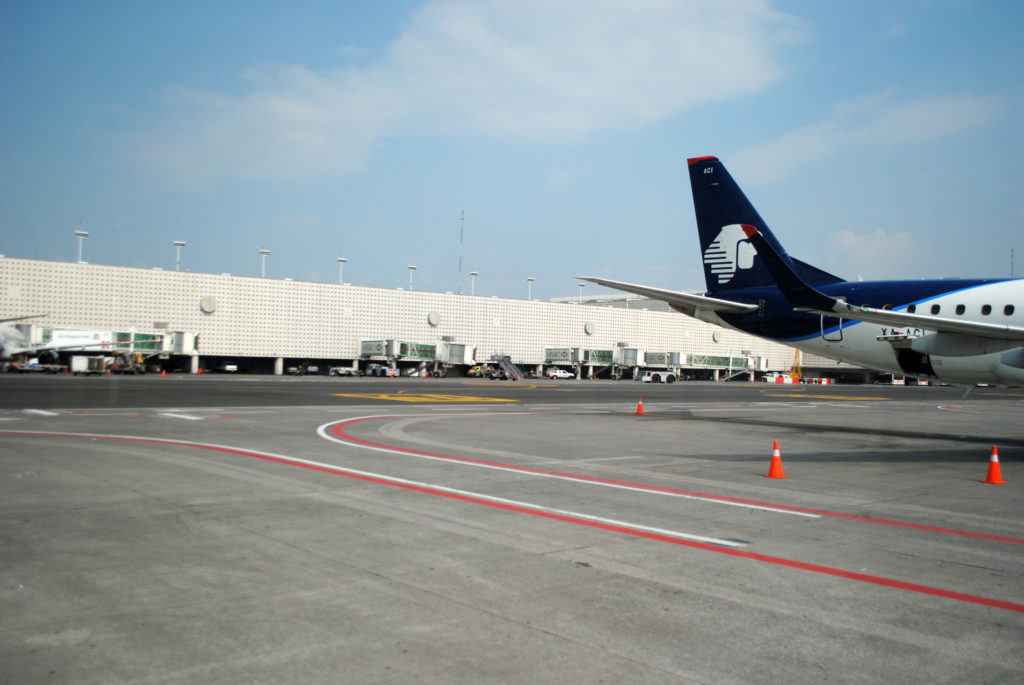When last year’s earthquake devastated large parts of Mexico City and the neighbouring states, among the headlines of fatalities and the horror that struck on September 19, the resounding efforts of the capital city also came to light.
One such story that emerged following the 7.1 magnitude earthquake was that of a human chain of volunteers that spanned the length of four city blocks, as they helped to free people trapped by the wreckage of countless utterly destroyed buildings.
Of the almost 40 buildings that collapsed during the tragedy in Mexico City, dozens of volunteers could be found passing rubble through lines as well as stretchers to help the injured.
An exhibition currently on show in Mexico City, Sismos-1985-2017, further captures the resounding efforts of the city’s civilians who leapt to action to help alongside Mexico City’s emergency services. The exposition documents hundreds of photos and testimonies both from 1985 and 2017, where on the same day, the earthquakes struck.
To this day, it is still uncertain as to how many people lost their lives in last year’s tragedy, however, the painful memory of the event remains in the cracked infrastructure of the capital and on the minds of the thousands who lived through it.
A Mexico-based organisation, that has received the backing of Mexico City’s government, has now taken the matter of local volunteers further and has begun the task of rounding up a network of volunteers that would be ready should another natural disaster take place.
The group, named Sentika after the Nahuatl translation for ‘together’ has also become part of the emergency plan that the government follows in the case of large-scale crisis. People who wish to register themselves as volunteers can do so through the online platform and it takes note of the volunteers’ location and where they could help out. Open to everyone throughout the city, through the sign-up process, volunteers can also specify what their time availability is and what days they can help.
The project will mean that emergency services have access to a larger aid network, and provide for more fine-tuned action plan should an unexpected tragedy occur. It forms part of a new emergency plan by the Mayor of Mexico, Claudia Sheinbaum, who recently looked at coordination between different agencies, social organisations and civilians and considered what protocols need to be in place in the case of a natural disaster.
Sentika has been identified as ‘‘the spontaneous solidarity and immediate capacity to go out to the streets to report on the damage and help those who were victims of these terrible events,’’ according to their website. ‘‘In the new city government, we want to fulfil our role as authorities … to generate and transmit information. To solve needs.’’










